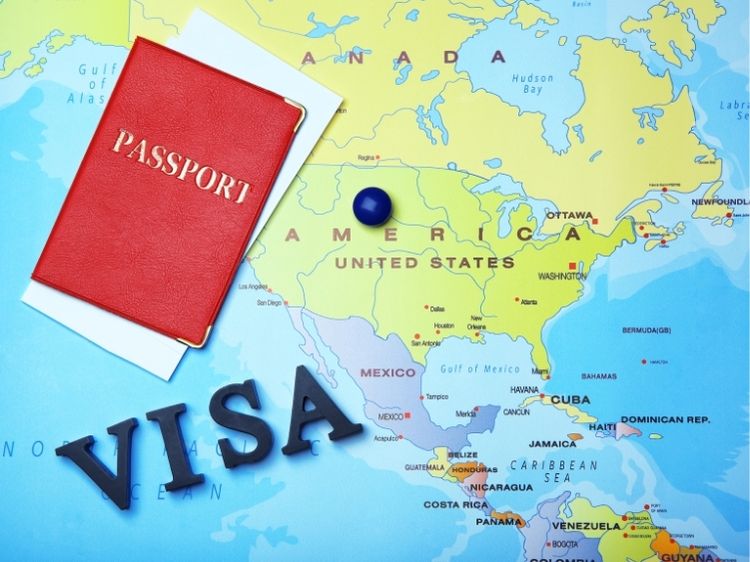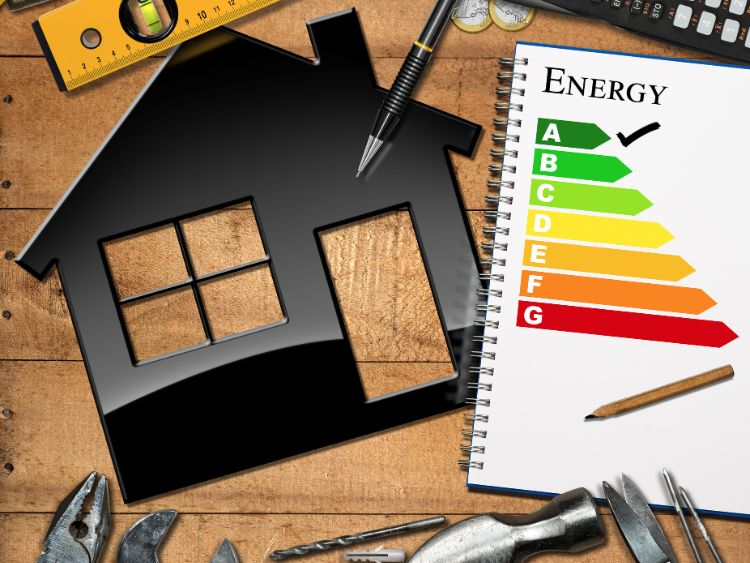Designing a home away from home is more than just selecting blueprints; it’s about shaping an escape where memories unfold and relaxation reigns. When it comes to vacation home house plans, the goal is to create a space that balances comfort, function, and a sense of retreat. Whether nestled by the ocean, perched on a mountaintop, or tucked in a forest glade, the right design ensures your getaway is both personal and practical. As lifestyles continue to evolve, so do the trends in vacation home design—blending timeless architecture with modern convenience.
The Essence of Vacation Home Living
The heart of any vacation home lies in its ability to detach you from the chaos of everyday life. A well-crafted plan starts by considering the purpose behind the retreat. Some homeowners seek solitude and serenity, while others envision lively family gatherings or hosting friends for long weekends. Vacation home house plans are therefore designed to be flexible and intentional, with thoughtful layouts that match lifestyle goals and environmental surroundings.
Many opt for open-concept designs that allow for easy flow between living, dining, and kitchen spaces. These layouts not only promote social interaction but also help maximize natural light and ventilation, essential features for a rejuvenating experience. Moreover, having easy access to outdoor spaces such as porches, decks, or balconies extends the livable area while embracing nature’s calm.
Design Features That Elevate a Vacation Retreat
Every great vacation home begins with a smart layout, but what truly elevates a plan are the details that reflect personality and regional influence. Coastal homes, for instance, often feature wide windows, breezy verandas, and hurricane-resistant materials. On the other hand, cabins in wooded areas tend to prioritize rustic textures, cozy fireplaces, and warm, natural tones.
A key factor in many vacation home house plans is the use of sustainable materials and energy-efficient systems. With more homeowners conscious of their ecological footprint, incorporating solar panels, rainwater harvesting, and efficient insulation is becoming the norm. These elements not only reduce environmental impact but also lower long-term maintenance costs, making vacation living even more enjoyable.
Understanding Size and Scale in Vacation Home House Plans
When planning your dream retreat, size does matter—but not in the way you might expect. Larger homes offer more flexibility for visitors and entertainment, but smaller homes often carry a sense of intimacy and simplicity that perfectly suits a getaway. Compact vacation house designs emphasize efficient use of space, clever storage solutions, and multifunctional rooms that make every square foot count.
In fact, small vacation homes are trending due to their affordability, easier upkeep, and adaptability to diverse landscapes. These plans often feature one or two bedrooms, a combined kitchen-living area, and large windows that make interiors feel more expansive. Still, for those who envision hosting extended family or accommodating multiple generations, larger floor plans with added guest rooms or separate living quarters are ideal.
Location-Inspired Architecture and Planning
One of the most exciting aspects of vacation home house plans is how they respond to their natural setting. Homes by the lake might incorporate dock access and large patios for outdoor dining, while homes in the desert could feature shaded courtyards and high ceilings to combat heat. Climate-responsive design plays a significant role in shaping both the aesthetic and functionality of a vacation home.
The orientation of windows, positioning of outdoor spaces, and even the slope of the roof are all influenced by the home’s geographical context. In snowy regions, pitched roofs help manage snowfall, while beach homes might elevate the structure to avoid potential flooding. The plan must be practical, yet it should never sacrifice the dreamlike quality that defines a true vacation home.
Blending Luxury with Simplicity
Vacation homes often strike a unique balance between understated charm and luxury. While some owners want high-end finishes and smart home technology, others prioritize ease of use and low-maintenance features. The beauty of modern vacation home house plans is that they can cater to both preferences without compromise.
Architects are increasingly designing homes with seamless indoor-outdoor transitions, spa-inspired bathrooms, gourmet kitchens, and spaces that invite rest and reflection. However, even the most luxurious vacation homes retain an air of simplicity. The furnishings are comfortable, the colors are calming, and the atmosphere encourages slow living. It’s this contrast between elegance and effortlessness that makes vacation homes so appealing.
Customization and Personal Touches
While pre-designed plans offer structure and guidance, many homeowners opt to personalize them to suit their unique vision. From changing the facade material to rearranging interior rooms, the ability to customize ensures that the home feels like an extension of the owner’s taste and lifestyle.
Some may choose to integrate hobby-specific spaces, such as art studios, reading nooks, or wine cellars. Others may prefer functional additions like mudrooms for ski gear, outdoor showers for beach days, or bunk rooms for visiting grandchildren. No matter the modifications, the core idea remains: to design a space that reflects personal values while embracing the rhythm of vacation life.
Financial and Investment Considerations
Planning a vacation home isn’t just about aesthetics or location. It also involves practical financial considerations. Building a home away from the primary residence requires a clear understanding of budget, permits, zoning laws, and potential returns. Some homeowners plan to rent out their vacation homes seasonally, which requires specific design choices like separate entrances, multiple bathrooms, and low-maintenance materials.
Choosing efficient vacation home house plans can significantly affect building costs and long-term upkeep. Prefabricated or modular designs are gaining popularity for their speed of construction and cost-effectiveness. Meanwhile, those looking for a more traditional approach may opt for custom builds that emphasize craftsmanship and individuality. Regardless of the route chosen, financial planning plays a crucial role in bringing the vision to life.
The Emotional Connection to Vacation Spaces
What makes a vacation home truly special is the emotional response it evokes. It’s where people celebrate milestones, relax after long weeks, and connect with nature and loved ones. When thoughtfully designed, vacation home house plans foster a sense of peace and belonging that endures long after the holiday ends.
The choice of design, decor, and layout all contribute to this emotional connection. Elements such as large picture windows framing sunsets, hammocks swaying in the breeze, or kitchens where everyone gathers for coffee become touchpoints of joy. In that way, the vacation home transforms from a structure into a sanctuary.
Conclusion
Vacation home house plans are more than blueprints—they’re the foundation of countless experiences waiting to happen. With the right design, they become sanctuaries of rest, creativity, and connection. Whether modest or grand, tucked away in the mountains or standing proudly on a coastal bluff, these homes offer an escape from the ordinary and a gateway to cherished memories. As lifestyles shift and homeowners seek meaningful ways to unwind, the art of vacation home planning becomes ever more significant. By embracing intentional design, sustainable practices, and personalized touches, these houses can truly become havens that reflect both heart and home.


